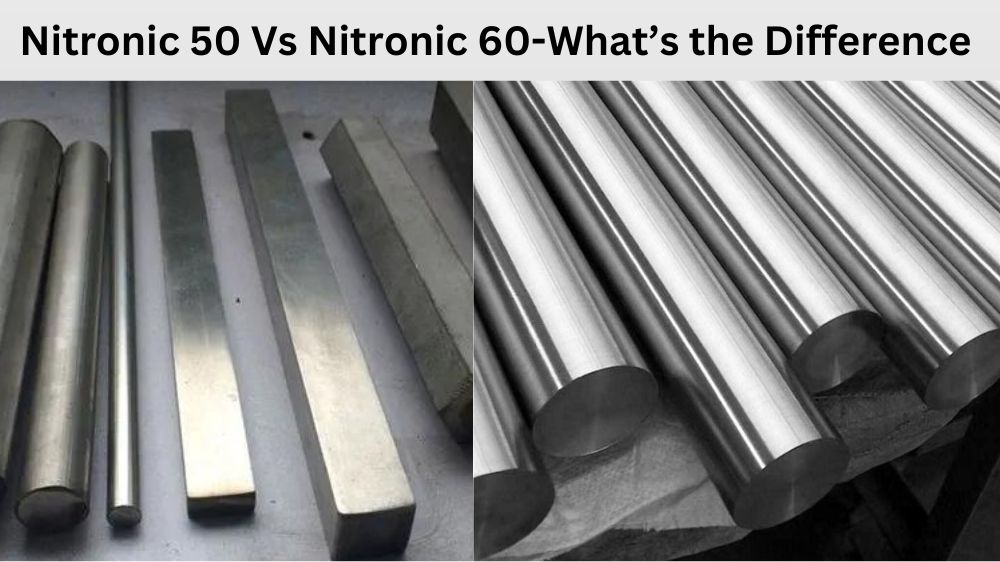
Nitronic 50 Vs Nitronic 60-What’s the Difference
When it comes to engineering materials for highly specific applications and extreme environments, not all options are equal. Nitronic 50 and Nitronic 60 are two popular nickel alloys that serve diverse industrial sectors ranging from aerospace to medical devices, but many people don’t understand the critical differences between them. This blog post aims to clarify the distinctions between Nitronic 50 vs. 60 to help you make more informed decisions on material selection for your specific requirements.
Difference Between Nitronic 50 And Nitronic 60
Composition
Both Nitronic 50 and Nitronic 60 are austenitic stainless steels with high levels of manganese and nitrogen for superior corrosion resistance, but their chemical compositions have significant variations. Nitronic 50 contains 20-23% chromium, 11-13% nickel, 4-6% manganese, and 1.5-3% molybdenum, while Nitronic 60 comprises 21-23% chromium, 8-9% nickel, 7-9% manganese, 3-4.5% silicon, and 0.1-0.3% nitrogen. The higher levels of silicon and nitrogen in Nitronic 60 give it better wear resistance, strength, and galling resistance than Nitronic 50.
Mechanical Properties
While Nitronic 50 and 60 share the same austenitic crystal structure, their mechanical properties diverge considerably. Nitronic 50 has a tensile strength of 690-860 MPa, a yield strength of 380-414 MPa, and a hardness of 241-302 HB. In contrast, Nitronic 60 has a higher tensile strength of 880-1112 MPa, a yield strength of 620-862 MPa, and a hardness of 321-401 HB. Nitronic 60 exhibits better toughness, thermal stability, and fatigue resistance compared to Nitronic 50.
For more information visit Kapilsteel.com
Weldability
Both Nitronic 50 and Nitronic 60 can be welded using common fusion and resistance welding techniques. However, their welding characteristics can vary significantly depending on the specific application conditions. Nitronic 50’s lower levels of silicon and nitrogen make it more susceptible to hot cracking during welding, especially when exposed to high heat input or rapid cooling rates. Nitronic 60 has better weldability and is less prone to hot cracking, but it may require post-weld heat treatment to optimize its corrosion resistance and mechanical properties.
Applications
Due to their unique properties, Nitronic 50 and Nitronic 60 find diverse applications in various industries. Nitronic 50 is commonly used in marine equipment, pumps, valves, shafts, and fasteners due to its excellent corrosion resistance, ductility, and toughness. Nitronic 60 finds use in chemical processing, food processing, pulp and paper manufacturing, and nuclear power plants where its superior wear resistance, high strength, and high-temperature stability are critical. Nitronic 60’s galling resistance also makes it a popular choice for high-stress sliding and rubbing applications, such as bearing surfaces.
Conclusion:
Choosing between Nitronic 50 and Nitronic 60 depends on numerous factors, including the operating environment, engineering requirements, and budget constraints. While Nitronic 50 provides reliable corrosion resistance and mechanical properties for general-purpose applications, Nitronic 60 offers superior strength, wear resistance, and galling resistance in harsher conditions. It’s essential to consult with a trusted materials expert to ensure you select the most suitable nickel alloy for your specific needs.